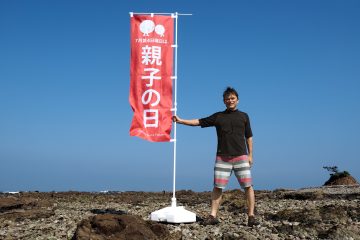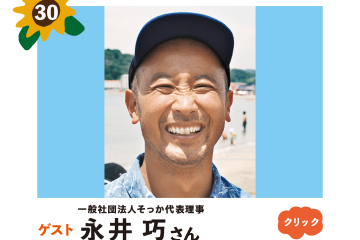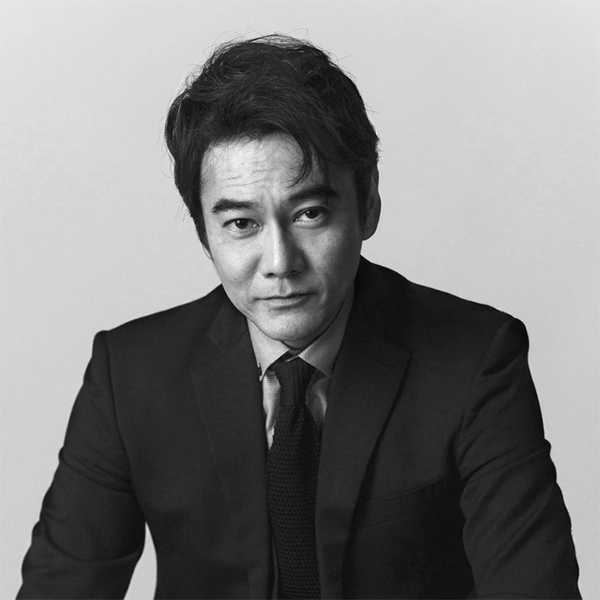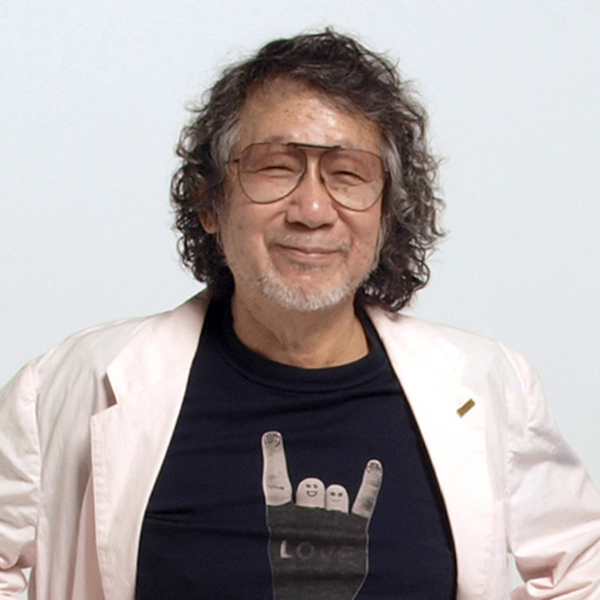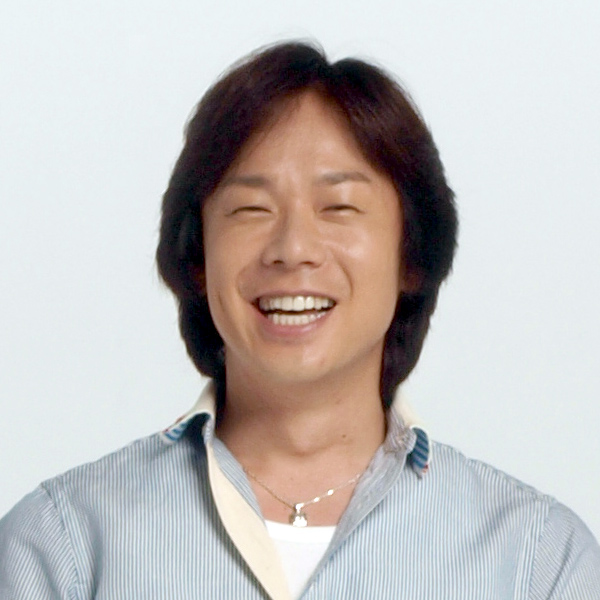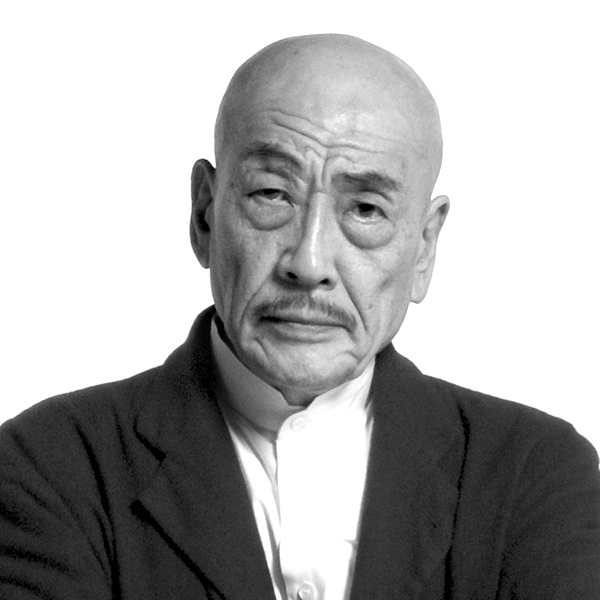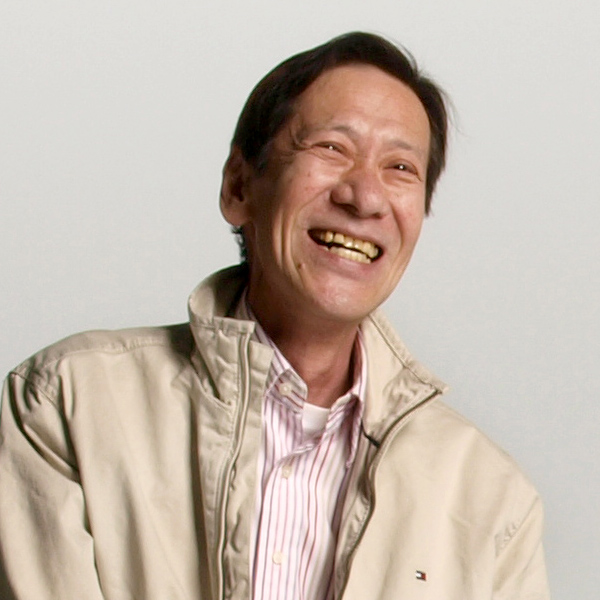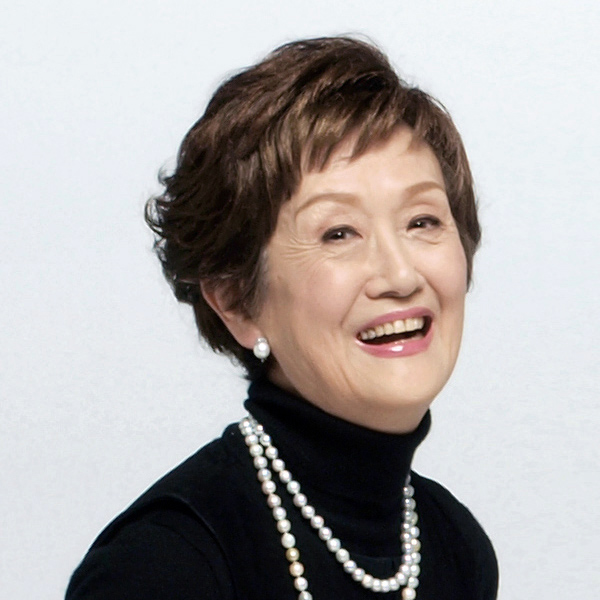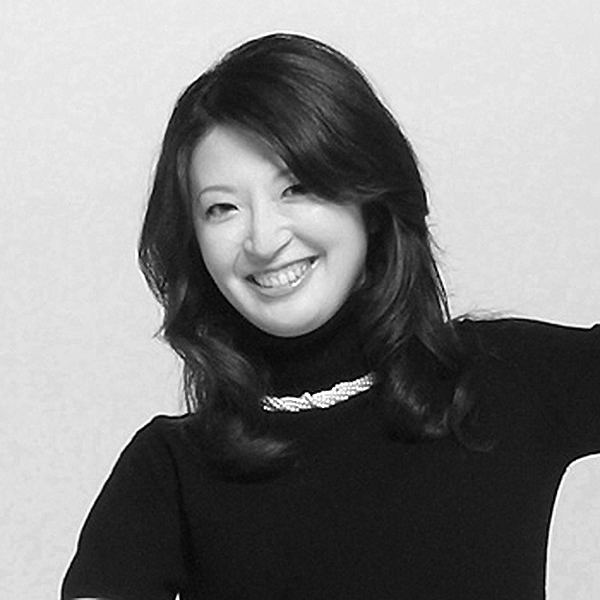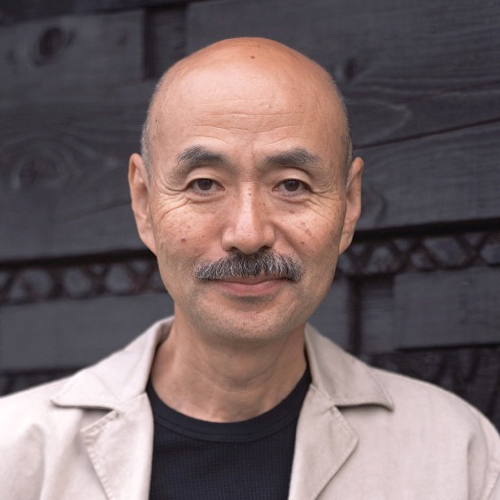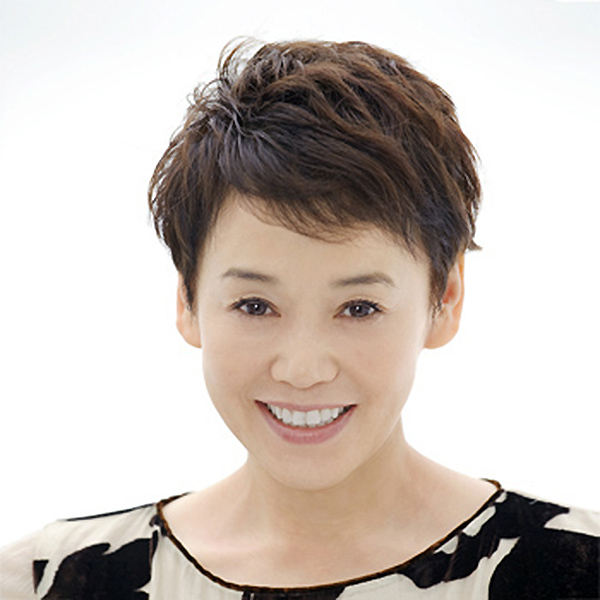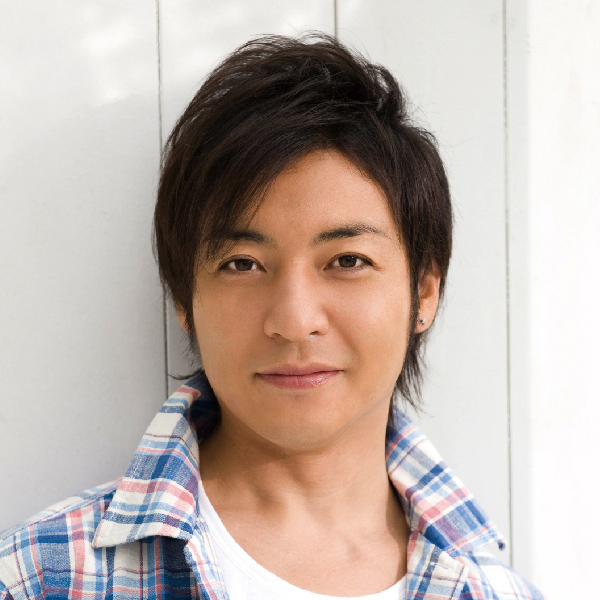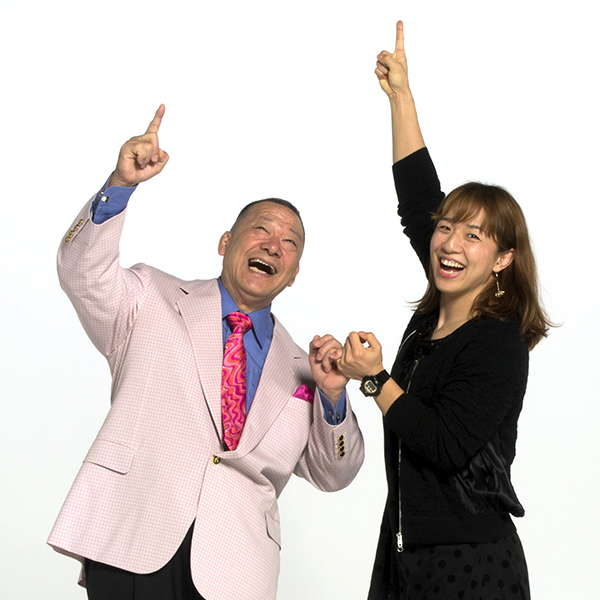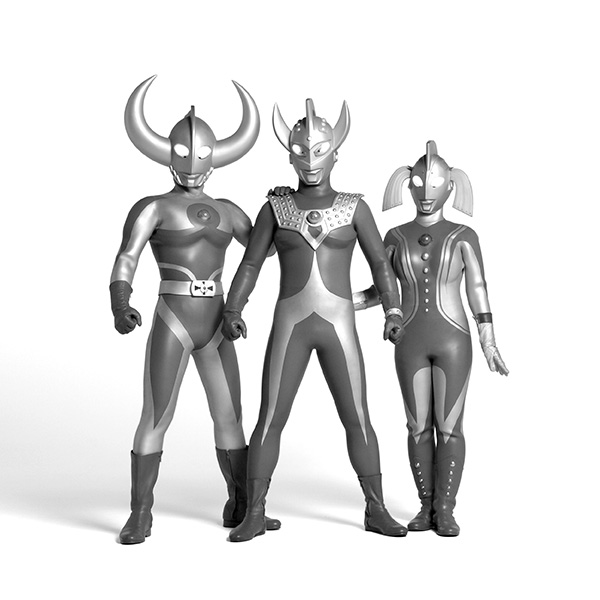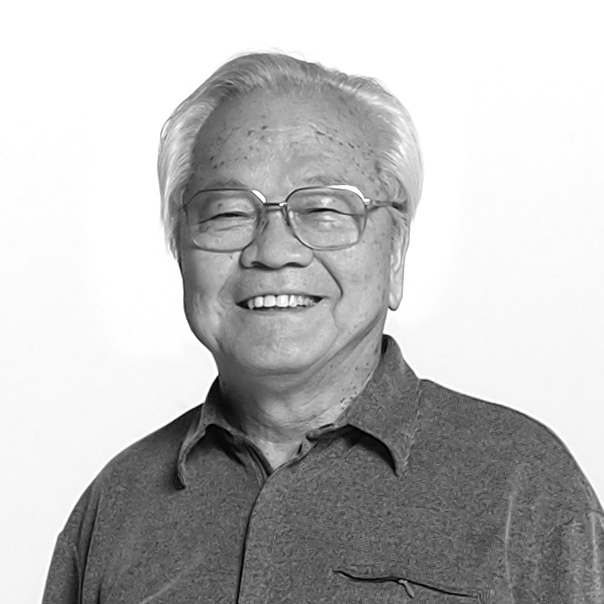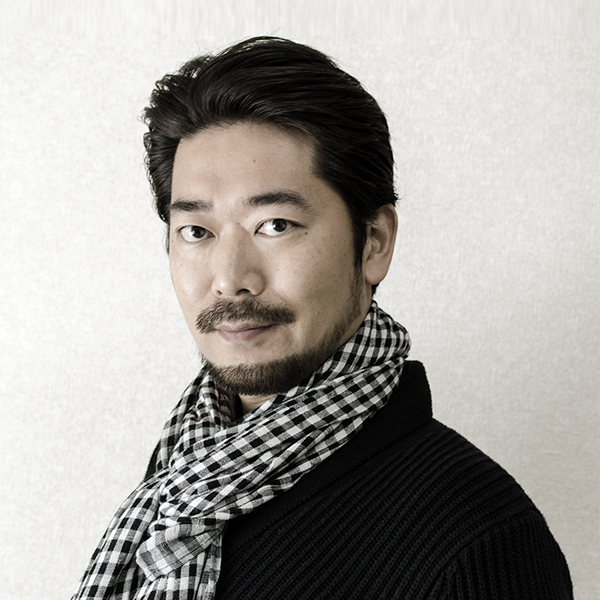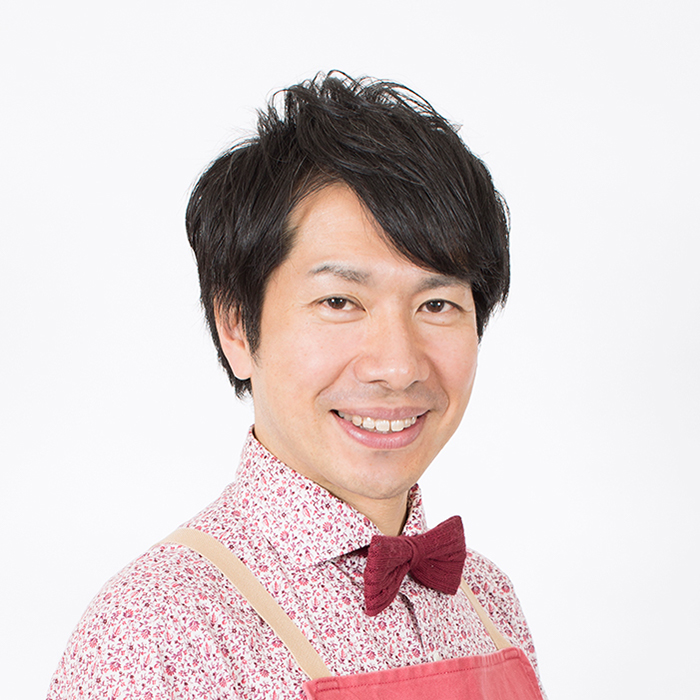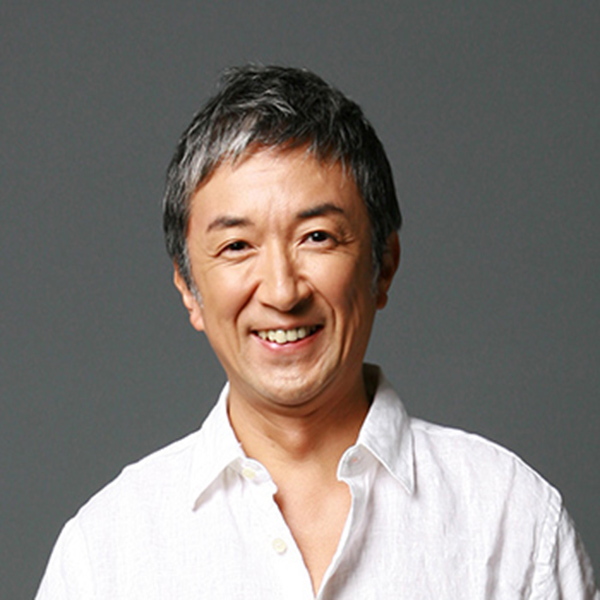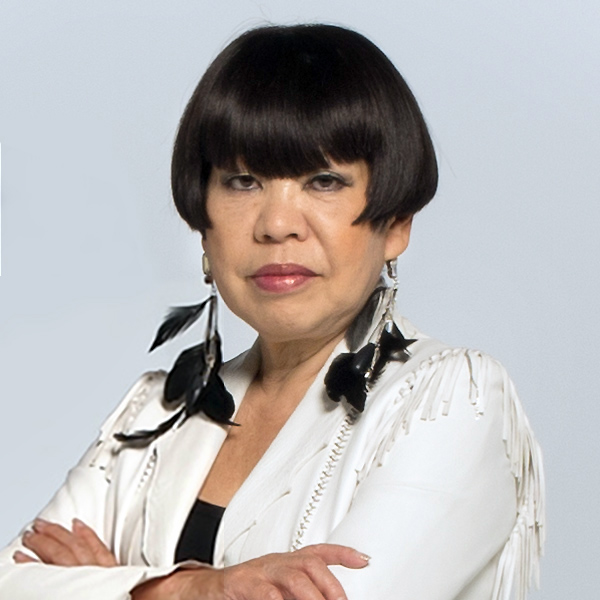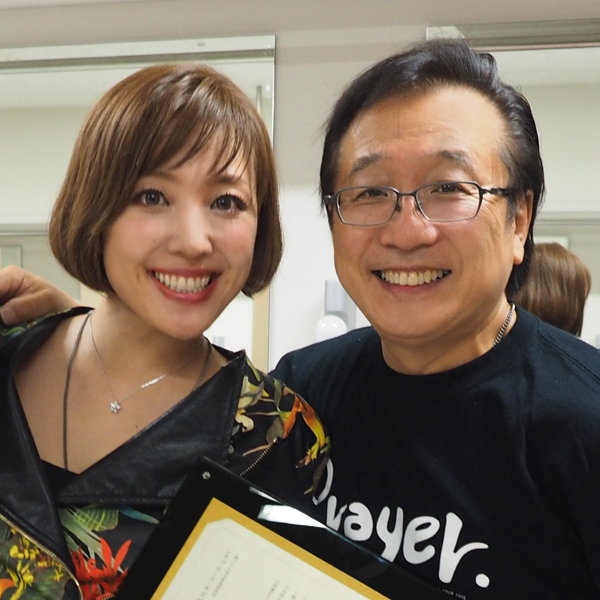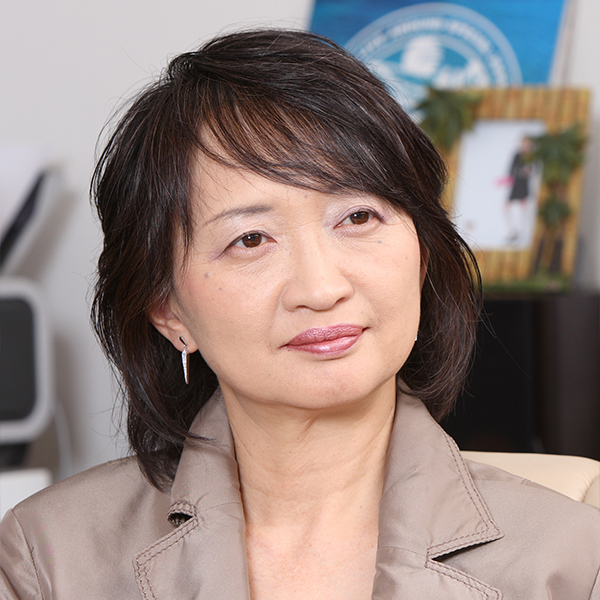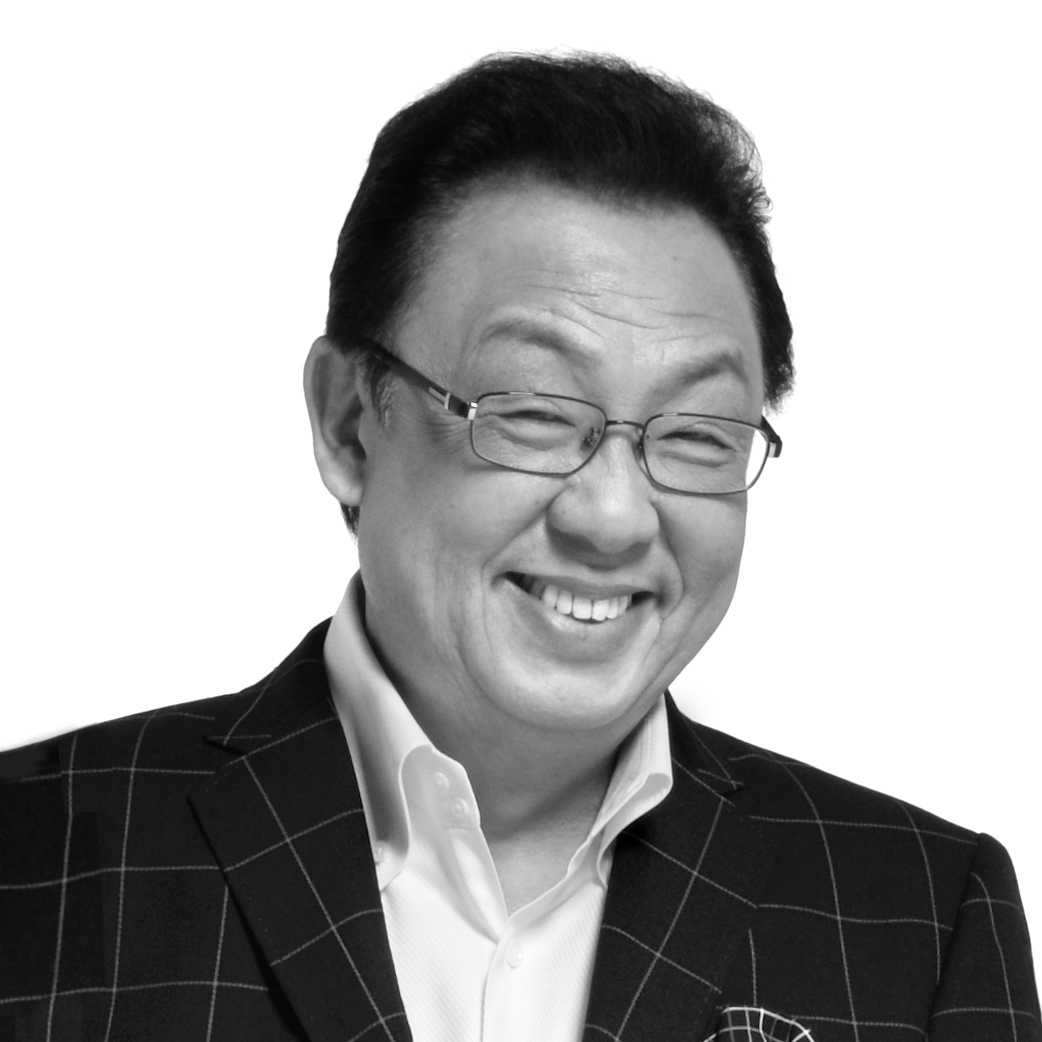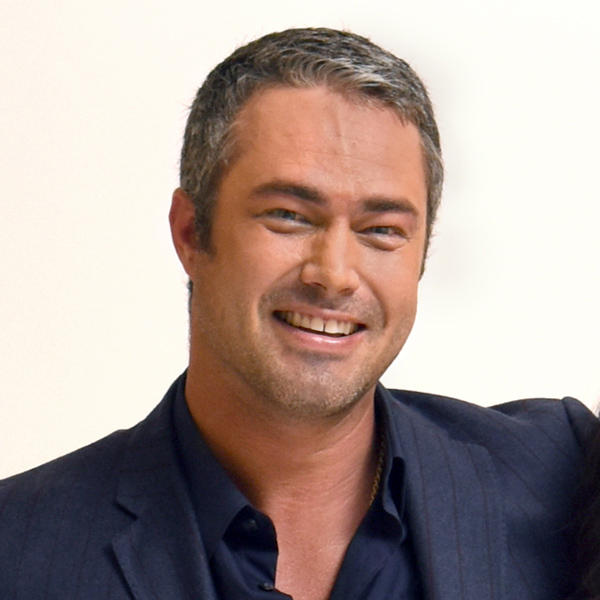Text Edition: 35th Online Talk Live with Hiroichi Yanase – “Present to the Future”
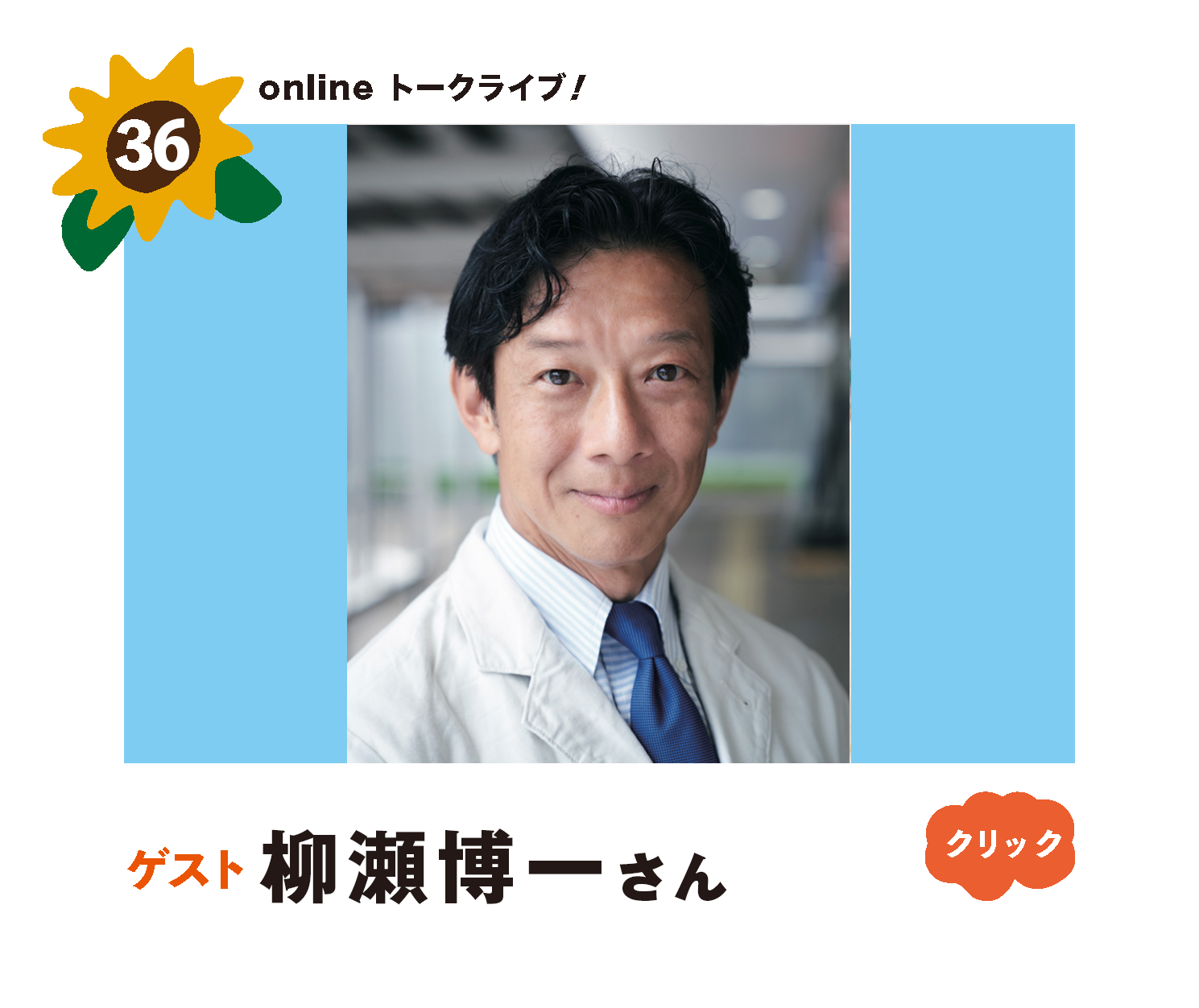
35th Online Talk Live: “Present to the Future”
Guest: Hiroichi Yanase (Professor, Institute for Liberal Arts, Tokyo University of Science)
Moderator: Satoru Seki (Editor, Producer)
Hosts: Bruce Osborn (Photographer), Yoshiko Inoue (Oyako Day Promotion Committee)
Organizer: Oyako Day Promotion Committee
Broadcast Date: June 29, 2025 (Sun) 1:00 PM (LIVE)
Our guest for the 35th Online Talk Live is Professor Hiroichi Yanase.
This article features highlights from the live video interview.
<Watch the video [here]>
Participants:
Hiroichi Yanase (Professor, Tokyo University of Science, Institute for Liberal Arts)
Born 1964. After graduating from Keio University, he joined Nikkei McGraw-Hill (now Nikkei BP) and edited many best-selling books. Since 2018, he has been Professor of Media Studies at Tokyo University of Science. Major works include “Route 16,” “My Father’s Encoffinment,” “Kingfisher City Tokyo,” and “Anpanman and the Japanese.” “Route 16” won the Seii Teshima Memorial Research Award. He is also active in environmental conservation around the Miura Peninsula, Kanagawa, for nearly 30 years, and works as a radio host on TBS and Shibuya Radio.
Satoru Seki (Editor, Producer)
Has contributed to culture magazines like “POPEYE,” “BRUTUS,” and “Takarajima.” Currently also a part-time lecturer and director of the Stimulus Switch Laboratory. Responsible for the “Movie Oyako-don” section of the Oyako Day website.
Bruce Osborn (Photographer, Oyako Day Originator)
Began photographing parents and children in 1982. Established “Oyako Day” (fourth Sunday of July) in 2003. Winner of the Higashikuninomiya Culture Award for social impact, and continues to spread his message “Present to the Future.”
Yoshiko Inoue (Chair, Oyako Day Promotion Committee; Producer; CEO, Ozone Co.)
Produced numerous exhibitions and events as Bruce Osborn’s partner in both work and life.
Introducing Professor Yanase
Seki: Hello! For our 35th Oyako Day Online Talk, we welcome Professor Yanase from Tokyo University of Science.
Yanase: Thank you for having me.
Seki: Could you please introduce yourself?
Yanase: I teach media studies at the Institute for Liberal Arts. I’m not an academic by training; I worked for 30 years as a journalist, book editor, and online producer at Nikkei BP. Seven years ago, I moved into university life thanks to a lucky connection.
Route 16 and Japanese Culture
Video 9:46 – “Route 16”
Seki: You’ve produced a lot of best-sellers. I especially enjoyed “Route 16.”
Yanase: Route 16 is a ring road circling four prefectures of Tokyo—326 km in total. In the early 1990s, Japan saw a roadside business boom, and the economy shifted that way. As a magazine reporter, I documented that transformation.
Seki: And then Yuming, Southern All Stars, and all sorts of modern culture got mixed in. It became wild, didn’t it?
Yanase: Yes. Many artists have sung about Route 16—Yuming, Off Course, and now Yokoyama Ken from Crazy Ken Band.
Seki: Places like Fussa along Route 16 always felt grown-up and mysterious.
Yanase: It was full of American culture. The first places to sell Western music, movies, foreign cars, imported furniture—all started along Route 16. Even the pizza chain “Nicholas” was there.
Anpanman: Japan’s Shared Language
Video 7:40 – “Anpanman and the Japanese”
Bruce: I love Anpanman too! Did you watch it with your daughter?
Yanase: One reason I wrote “Anpanman and the Japanese” is my daughter’s obsession—she was hooked before her first birthday. When she got a shot at the hospital, the nurse drew Anpanman’s face on her bandage. For about three years—until kindergarten—it was Anpanman every day. It amazed me how powerful that character is. I soon learned nearly every family experiences this.
Seki: He’s the world’s 6th biggest character business—worth 7 trillion yen!
Yanase: Nearly every baby born in Japan is, in some way, an Anpanman fan. When I surveyed students at Tokyo University of Science, 90% said they grew up with Anpanman. Almost everyone!
Yoshiko: That’s why Anpanman is a topic anyone can talk about. It’s a national common language.
Seki: I see—it really is a shared language.
Expanding Ideas from Personal Experiences
Video 13:00 – “My Father’s Encoffinment”
Seki: Your book “My Father’s Encoffinment” was very moving too—about becoming an “okuribito.”
Yanase: In 2021, my father passed away at 87. Because of COVID, we couldn’t hold a normal funeral, so we did a wake at home. The mortician offered to let us help dress my father. I helped with everything, start to finish.
Seki: You always start from personal experiences and then share new insights with readers. That’s your magic, I think.
Yanase: I can’t think about things in the abstract. I always start from what I’ve actually seen or touched, then let my imagination run wild from there.
Yanase’s “Layered Thinking” Method
Seki: Most people can’t develop ideas like that. What’s your secret?
Yanase: I call it “layered thinking.” Everything has layers—think of it as an underlying structure. For example, geography is at the bottom. The shape of the land influences culture, food, and even the local ecosystem.
In Japan, most towns are shaped by rivers—large river basins like the Tone River or small ones like Hayama’s Morito River. On top of that, people settle, and civilization develops in unique ways in each place.
Even if you enter through surface layers like fashion or music—say, Crazy Ken Band’s song “Mikasa Park beyond the tunnel”—you realize Miura is a classic rias coastline: hardly any flat land, seven tunnels in three kilometers. I think Yokosuka has the highest tunnel density in Japan. You start to see how the underlying geography shapes culture and history.
Seki: That’s real “Earth-diver” thinking.
Yanase: You can enter at any layer. Surface fashion, mid-layer military history—it doesn’t matter. Take the “Sukajan” (souvenir jackets) of Yokosuka—they come from the region’s silk-weaving heritage, which grew because U.S. military personnel bought them as souvenirs. So, the story of the U.S. bases and even deeper, the land itself, all stack up. Making those kinds of connections is just my habit.
Seki: Japan’s landscape is so narrow that everything is layered on top of each other. In places like the American West, it’s nothing like that, right?
Yanase: Where the “layers” are broad, you can build big cities in a planned way. But Japan’s land is steep, complex, and harsh—so towns and economies can only develop as the landscape allows. That’s why features like earthquakes and tsunamis are such powerful forces in Japan.
Swimming with Dolphins on Mikura Island
Video 33:35 – “Mikura Island”
Seki: The conversation is jumping a bit, but could you explain the photo of your child swimming with dolphins?
Yanase: Mikura Island is a small island between Miyake and Hachijo in the Izu chain. Nearly the whole place is cliffs, with about 250 people living clinging to the land. 90% is old-growth forest. And it’s the only place in the world with a resident dolphin population of over 100.
Video 34:16 – “Dolphins”
I’ve gone almost every year for over thirty years—my daughter first came when she was four. The water’s 20 meters deep and you can see dolphins swimming below you. There’s so much you can only experience here: no convenience stores, just swimming with dolphins, hiking, and napping. I love it.
Video 43:28 – “Tokyo’s Islands”
Seki: How do you get there?
Yanase: A big Tokai Kisen ferry leaves Tokyo’s Takeshiba Pier every day. It circles Miyake, Mikura, and Hachijo in about 24 hours.
Bruce: All still Tokyo, right?
Seki: It’s a real hidden gem.
Looking Ahead: Next Projects
Seki: Could you share your future plans?
Yanase: I’m working on two books: one is a summary of my media studies classes, and the other is about city planning for high schoolers. Right now, most urban planning ignores the essential “layer” stories.
I want to explain to the next generation how to build towns as populations decline. There are two key points: transportation and water. Hayama is a great example—there’s no train station.
Yoshiko: Just buses, cars, walking, or bikes.
Yanase: As the population ages, public transportation gets harder, and people rely more on cars. Except for central Tokyo, Kyoto, and Osaka, Japan’s been a car society for 30 years, but most politicians, media, and scholars live in central Tokyo and don’t realize it.
So when people call for more walkable towns, they always forget to ask, “How do you get there?”
The Importance of Water and Living Things
The base of every town is transportation. In America’s Wild West, it was all about where the stagecoaches could stop. But for both horses and people, water is the true essential. Towns simply can’t exist without it—that’s the second key point.
Places with water are limited, which is why cities get concentrated. In Europe and America, water is scarce, so cities are naturally compact. In Japan, every valley head has a spring, so communities tend to spread out more.
I want to help the next generation think about city building in terms of these fundamental issues. That’s why I’m writing these books for high schoolers and middle schoolers.
Seki: That’s a big topic!
Oyako Day Event Announcements
Video 54:42 – “Photo Contest”
Seki: Yoshiko, could you share some announcements?
Yoshiko: Oyako Day is July 27. We’re running a photo contest and an essay contest—entries are open until August 31. Please take some wonderful photos and send them in! There’s also a photo exhibition at the Hilton from July 3, plus other shows in Hakone and more. Details are on our website, so please come if you’re nearby.
Seki: What other events will there be for Oyako Day this year?
Yoshiko: We’re planning to host a parent-child photo session in Hayama, our hometown, and will share details online. Hope you’ll join us!
Yanase’s “Present to the Future”
Video 57:46 – “Message Board”
Seki: To close, may we have your “Present to the Future” message?
Yanase: For me, it’s “Living things and water.” I live in central Tokyo, but even there, if there’s a stream, you’ll find lots of life. There are over 700 natural springs in Tokyo, mostly surrounded by parks—nature preserved by people before us.
Even inside the Yamanote Line, you’ll find rhinoceros beetles and dragonflies. Just because you’re in the city doesn’t mean there’s no nature. If you look, you’ll find creatures living by the water’s edge. I think it’s wonderful to search for water and discover life. Even in the city, you can find other lives intertwined with your own.
Seki: That’s the perfect topic for a summer science project.
Video 1:00:12 – “Senzoku Pond”
Yanase: This is Senzoku Pond near my university. It’s home to goshawks and small hawks called tsumi.
Seki: There are always lots of people taking photos there.
Yanase: There are so many “kingfisher uncles” with their cameras, too.
Yoshiko: Even in the city, you see flowers growing from cracks in the concrete. Wild creatures are resilient, and with a little care from humans, we can live together anywhere.
Yanase: Absolutely.
Seki: Let’s keep an eye out for all the living things—and for water. Thank you for your inspiring story.
Yanase: It was a pleasure.
Seki: Thanks everyone—see you next time!
